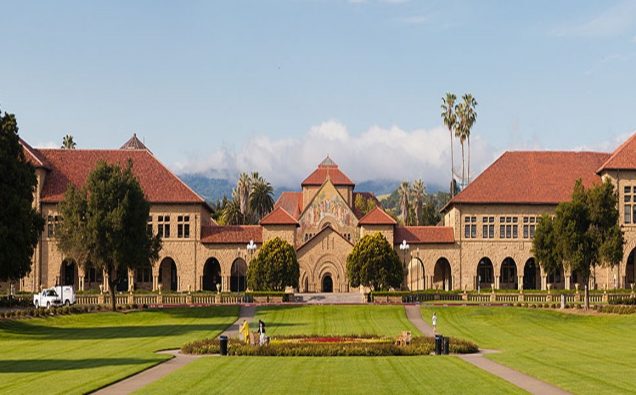
Stanford Oval Panorama, Credit: King of Hearts/Wikimedia Commons
The competition is not new but it is getting stiffer and smarter by the day. The world’s top universities appear to be in an ever innovative mode to adjust to the newest market trends, economic imperatives and linkages between the fresh graduates and demands of the latest fields of knowledge and technology.
While the many fields of arts have long been the distinctive hallmark of the world’s great institutions of higher learning, the latest economic development demands mean more practical fields of science, technology, engineering and mathematics have emerged as the prominent measures of their performance.
The QS Graduate Employability Rankings 2017 (https://www.topuniversities.com/university-rankings/employability-rankings/2017) is one such way that determines the world’s 300 leading institutions in terms of their graduate employability rates.
This year, as posted on the QS website, analysts look at the evaluating data of 500 universities to rank them.
The website says the Alumni Outcomes indicator now carries a weighting of 25%, while the Employer-Student Connections ratio has a reduced weight of 10%. Additionally, it says, the Employer Reputation index reflects the changes recently introduced in the 2018 QS World University Rankings, with the domestic component of the indicator receiving increased weight.
As per the methodology, each institution’s score is comprised of five indicators.
The latest Graduate Employability Rankings lists Stanford University as the highest place, producing graduates with the greatest employment prospects.
The Massachusetts Institute of Technology (MIT) and China’s Tsinghua University are deemed as the second and third likeliest institutions producing graduates with the greatest employment readiness.
The rankings appear to be important for all stake-holders including students, academia, universities and the employers.














